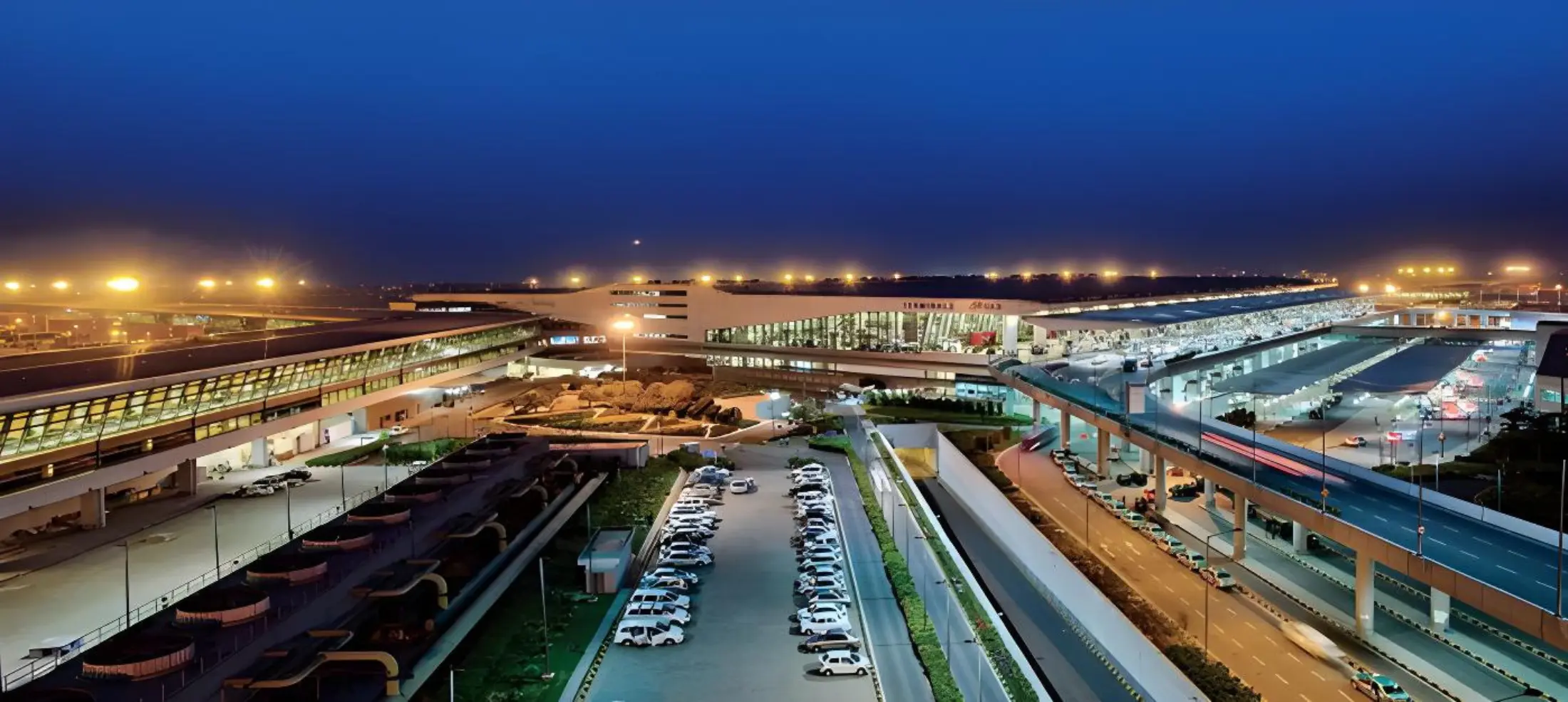You’ve just landed at Manchester Airport after a long flight, bleary-eyed and lugging bags. Do you hop into an airport taxi or tap your phone for a rideshare? It’s a split-second choice, but safety’s on your mind—and it should be.
Navigating transport from Leeds to Manchester Airport—or any airport—can feel like a gamble. Taxis have rules and familiarity, but rideshares promise convenience. Which one’s actually safer? It’s not black-and-white, and that’s where the confusion kicks in.
Here’s the good news: this guide cuts through the noise. We’ll break down what makes airport taxis and rideshares tick, spotlight safety factors, and give you a clear path to decide. Stick with me—there’s a handy trick coming up to ease your mind!
Why Safety Matters More at Airports
Airports are busy hubs—crowds, chaos, and tight schedules amplify risks. A dodgy ride could mean anything from a sketchy driver to a scam fare. Safety isn’t just about crashes; it’s about trust, reliability, and getting to your gate on time.
I’ve dashed through terminals myself, and picking the right ride can make or break your trip. Let’s dig into what sets these options apart.
The Airport Catch: Leeds to Manchester Route
The 50-mile trip from Leeds to Manchester Airport takes about 45 minutes to an hour on the M62. Traffic can snarl, and your ride needs to be rock-solid—especially if you’ve got a flight to catch.
Airport Taxis: The Safety Breakdown
Airport taxis—like those lined up at Manchester’s ranks—are regulated pros. Here’s what you’re getting:
Pros of Airport Taxis
- Strict Regulations: Drivers need licenses, pass background checks, and get fingerprinted in many places. Vehicles face regular inspections.
Company Oversight: Taxis are tied to firms that track complaints and driver behavior—think of it as a safety net.
Fixed Rates: At many airports, fares are set, so no surprise gouging. A taxi from Leeds to Manchester Airport price typically runs £50-£80 for a sedan.
Cons to Watch
- No Real-Time Tracking: Unlike rideshares, you can’t share your route live with friends.
Driver Unknowns: No ratings mean you’re rolling the dice on who’s behind the wheel.
I’ve taken airport taxis and felt secure knowing they’re vetted, but the lack of tech can nag at you.
Rideshares: The Safety Scoop
Uber, Lyft, and others have changed the game. But are they safer? Let’s see:
Pros of Rideshares
- Tech Edge: GPS tracks your ride in real time—share it with someone for extra peace. Apps like Uber even have emergency buttons.
Driver Ratings: Reviews from past riders give you a clue about who’s driving. Low scores? They’re out.
Newer Cars: Most rideshare vehicles are recent models with modern safety features—think backup cameras or lane assist.
Cons to Consider
- Lighter Vetting: Background checks exist, but they’re not always as deep as taxi standards—no fingerprints, just database scans.
Solo Drivers: They’re independent, not employees, so oversight’s looser.
A friend swore by rideshares after tracking her route home from an airport late at night—hard to argue with that comfort.
What the Numbers Say
Hard data’s tricky—police often don’t split crimes by taxi vs. rideshare. But the Royal Society for the Prevention of Accidents says proper restraints (like car seats) cut injury risks by over 70%. Both options can deliver that if you ask.
Posts on X show mixed feelings—some love rideshare tech, others trust taxi rules. It’s a toss-up without clear stats, so it’s down to what you value.
Key Factors to Weigh
Here’s your checklist to pick the safer ride:
- Regulation Level: Taxis win on strict rules—check your airport’s taxi setup.
Tracking Needs: Solo or late-night? Rideshares shine with live updates.
Driver Vetting: Taxis often have tougher checks; ask rideshare firms about theirs.
Vehicle Condition: Rideshares lean newer, but taxis get regular once-overs.
Cost vs. Comfort: Taxis might cost more but feel official—rideshares can surge.
Tips for a Safer Trip
Make either choice work better:
- Verify the Ride: Match license plates for rideshares; check taxi badges.
Ask Upfront: Need a child seat? Confirm it’s there—don’t assume.
Time It: Book early for airport transfers Leeds to Manchester—last-minute scrambles raise risks.
Here’s that trick: pick a service with a 24/7 helpline. If trouble hits, you’ve got a lifeline—taxis often have this edge.
Mistakes to Dodge
- Unmarked Cars: Never take an “off-the-books” ride from either—stick to legit queues or apps.
Skipping Checks: Don’t assume safety—ask questions.
Rush Blindly: Plan ahead; haste clouds judgment.
I nearly jumped into an unmarked car once—big red flag. Lesson learned!
Why Trust This?
I’ve ridden both from airports aplenty, from Manchester to farther afield. Add in safety stats and traveler chatter, and this isn’t fluff—it’s real-world stuff. What’s your airport ride horror story? Share below!
Conclusion
So, are airport taxis safer than rideshares? It depends. Taxis bring regulation and structure; rideshares offer tech and transparency. Weigh your priorities—rules or real-time tools—and check your route’s vibe.
Picture landing stress-free, knowing you chose smart. That’s the goal! Test these tips next trip, and let me know what you think. Which feels safer to you? Drop a comment—I’m curious!
